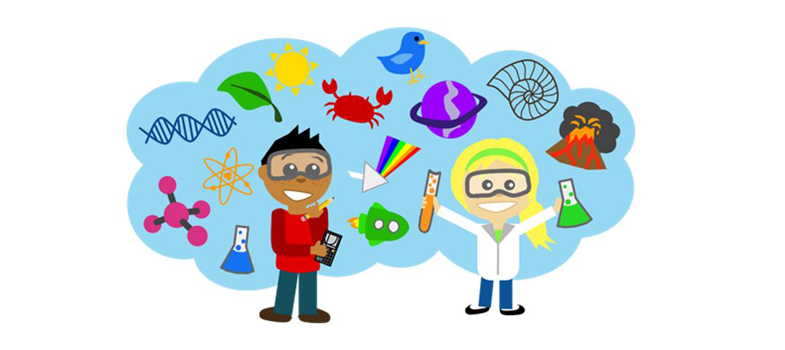2.11 Teacher discussion and classroom facilitation
Talking about bias
Before we start, we should acknowledge the discomfort and anxiety that we can have at the thought of talking about our individual biases - we worry about the judgements that others will make and how it will affect our relationships with them and what they might say to others. We worry about using the wrong language and offending people. But if we are to have useful conversations that help us make progress on equality and diversity then we need to create spaces where we can talk about our own and other people’s biases in a way that is respectful and help each of us to recognize the negative impacts of those biases and develop ways of minimising them.
During this session you will reflect on your own biases and may share your thinking with the group if you feel comfortable doing so. There is a chance that someone may be offended or upset with what is said, that’s the risk with this kind of conversation, but if as individuals and as a group we pay attention to how we interact then we can create an environment that allows each of us to learn from what we say and what we hear in a safe and positive way.
Respectful enquiry
Adopting these principles can be a useful way of facilitating that environment:
- Listen to understand – active and engaged listening with full concentration
- Honour confidentiality – what is said in the group stays in the group
- Be mindful of the impact of what we say – it is up to each of us to take responsibility for what we say and how we say it and to avoid the use of language that we reasonably might know could offend.
- Assume good intention in others – if the language or content offends then choose to believe it was not intended to do so.
- Give and receive caring feedback - that doesn’t mean that things we find offensive go unchallenged. It is important to speak up and to do so in a way that helps the other person understand why they have caused offence and to learn from it. And if we are the one receiving the feedback then we take it as a gift intended to help us learn.
- Be curious about emotional responses – when we talk or hear about biases we often have an emotional as well as an intellectual reaction. Paying attention to that emotional response can help us to understand more about our own attitudes to diversity issues. In particular, you may become aware of a bias and realise that you don’t feel comfortable at the idea of sharing. It might be useful to make a mental note and think more about it after the session, particularly about what you are going to do to manage its impact if it is not something that you are able to talk about.
2.10 What can we do about it?
